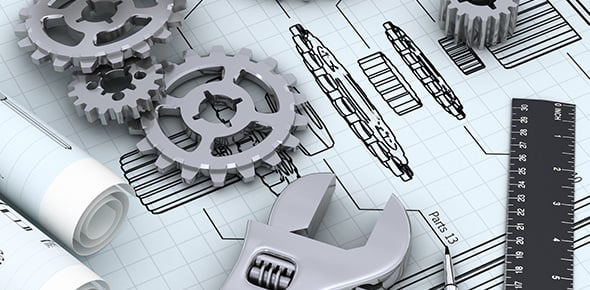PTEC 131 - Exam 2 - Fall 14
- ISA
- IEC
- ASTM
2.
You may optionally provide this to label your report, leaderboard, or certificate.
×
Thank you for your feedback!
















